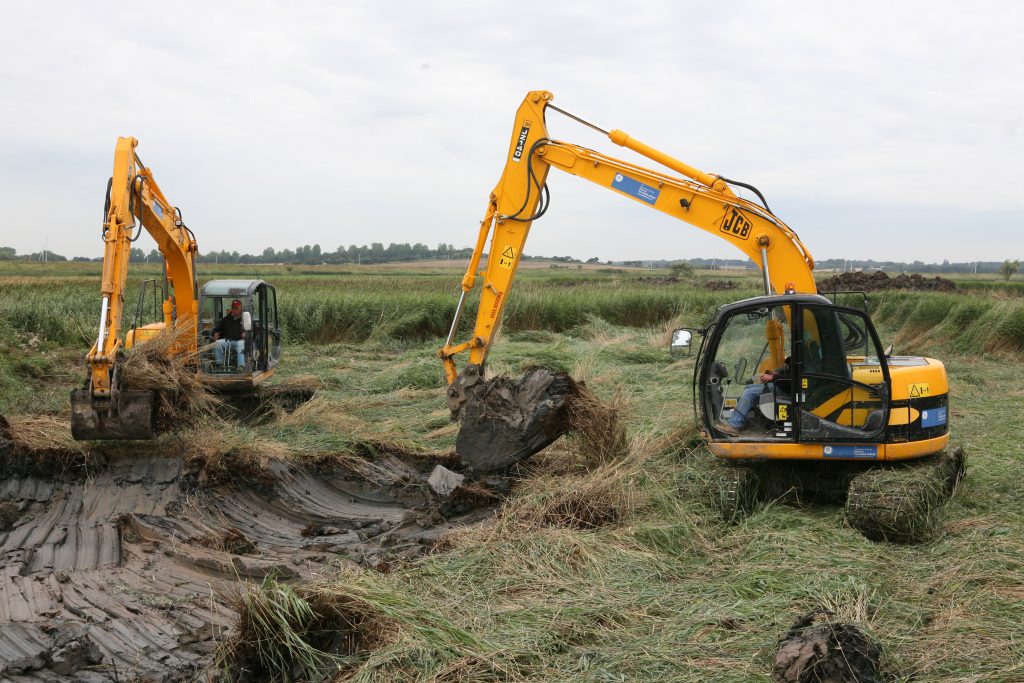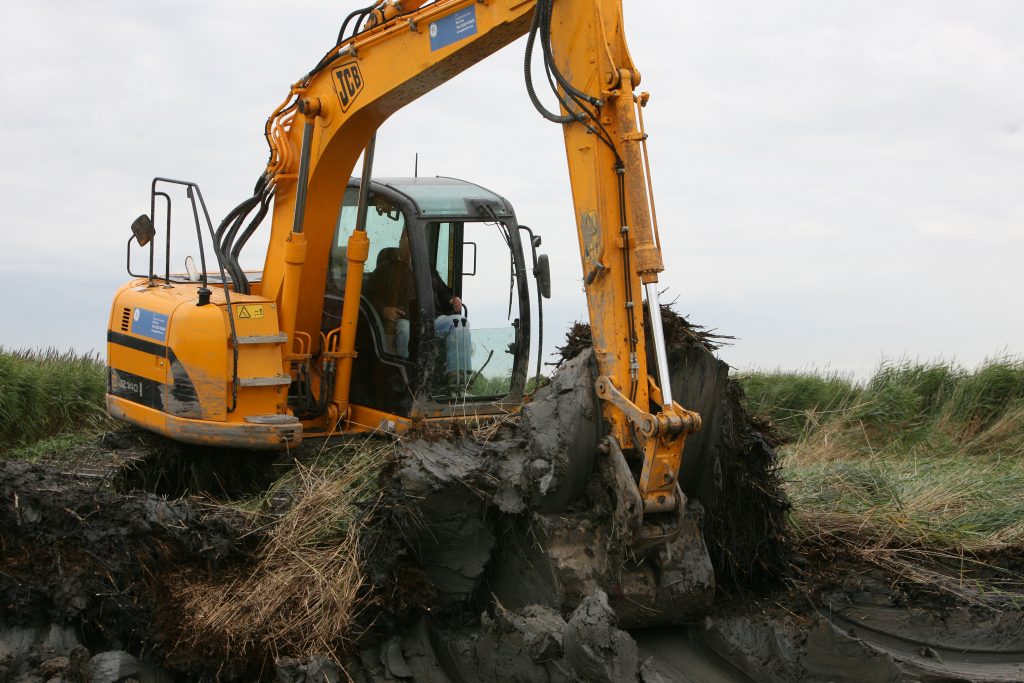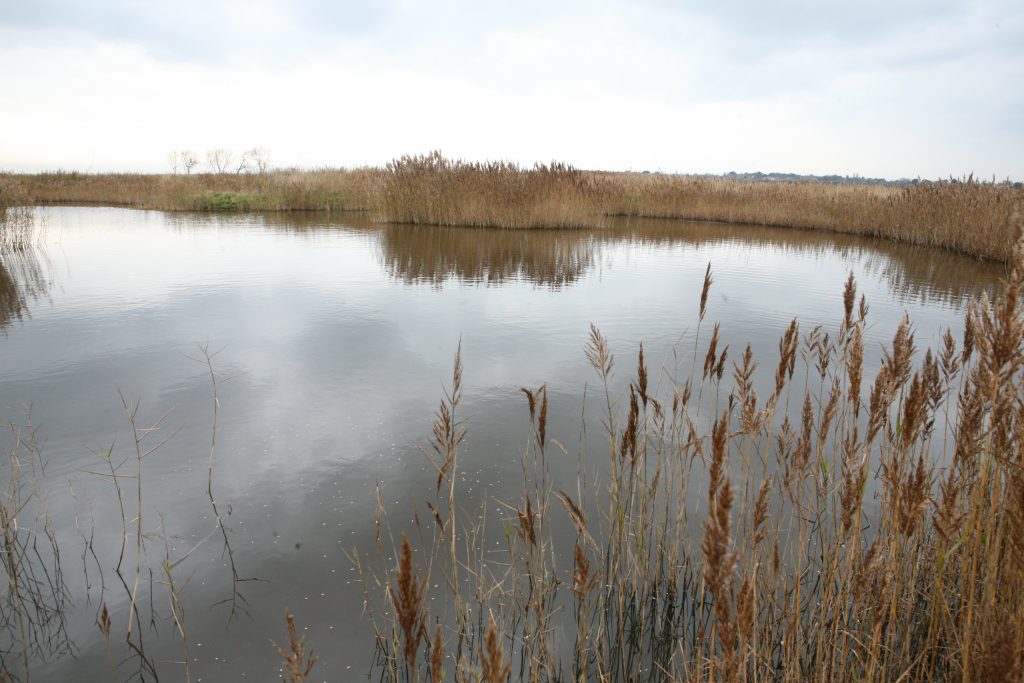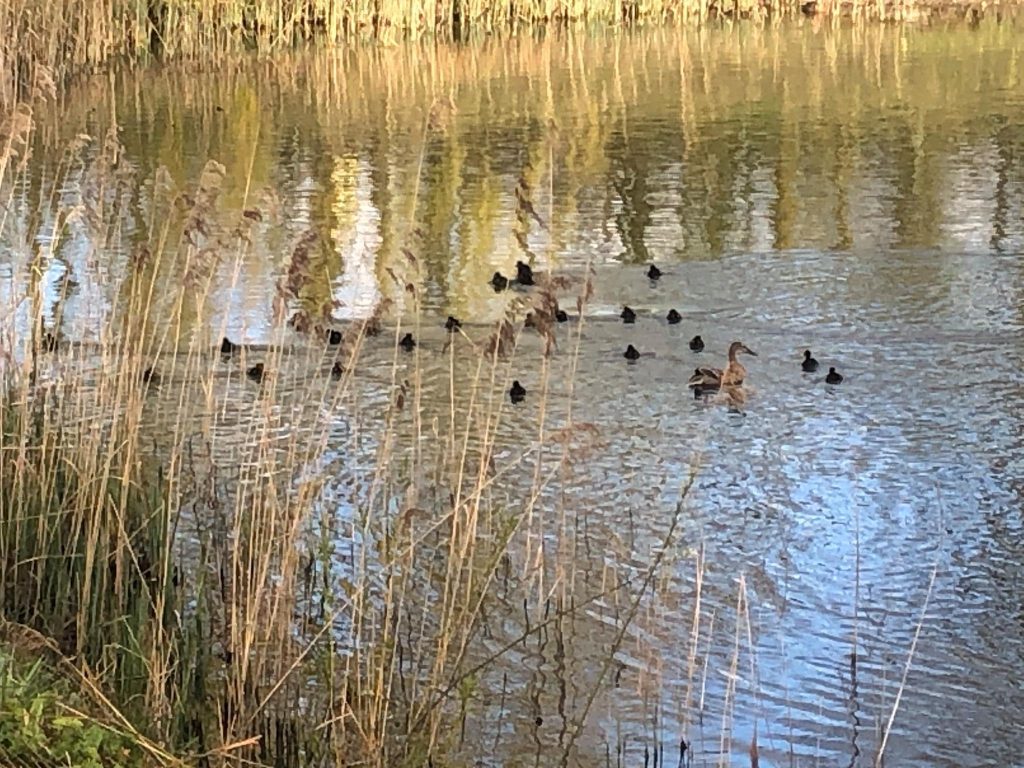Responsible managers of land
Wildfowlers have always understood that the long-term future of their sport depends upon the conservation of wildfowl populations. And because many of the species they hunt are winter migrants to Britain, this means that conservation effort must be focused upon the improvement and maintenance of habitat that is right for overwintering wildfowl and waders as well as providing the right conditions for breeding birds in the summer months. So wildfowl conservation is a year-round effort.
Aldeburgh Town Ponds
The Town Ponds are a valuable area of fresh water close to the tidal Alde-Ore estuary. As such they are important to wildfowl and waders using the estuary system, such as mallard, teal, wigeon, pintail, lapwing, curlew and golden plover. In 2008 the condition of the site was poor and declining. Open water habitat was decreasing and being replaced with dense and uniform areas of Norfolk reed. Colonisation was proceeding rapidly and adversely affecting the diversity of habitat types.
The club’s objective was to increase the range of habitat types, making the site more attractive to overwintering and breeding waterfowl and other wetland species and improving biodiversity.
With the support of Aldeburgh Town Council, with a £9,500 grant from the Wildlife Habitat Trust and a £500 grant from the Britten Pears Foundation, the club first employed a mechanical excavator to de-silt existing open water from the main pond, to restore open water to the second pond which had become entire choked with reeds, and to sculpt the pond margins to create attractive sites for breeding birds. A margin of reeds was allowed to remain around the perimeter, especially on the south west side, the windward side in prevailing winds. Nest boxes were introduced around the site, and the club carried out wardening and pest control to remove predators of ground-nesting birds such as rats, corvids, mink and fox.


A pump was installed to raise water levels in the ponds during the wildfowl breeding season and the early period of return migration.
In 2010 the scheme was entered for the prestigious Purdey Awards for Game and Conservation and in recognition of its work the club received a special prize of £1,000 from the judges, who cited the ponds as a ‘much improved civic amenity and wildlife habitat.’
The next phase of work at the Town Ponds involved the digging of test pits to monitor water retention during the summer months and then further earth-moving to the north west of the main two areas of open water to provide shallow scrapes suitable for teal.
Wardening and site management has continued over the past decade, and new duck nesting tubes have been installed to provide additional sites for breeding mallard.

Geldeston Marshes
The Alde and Ore wildfowlers bought a landholding in the Waveney valley at Geldeston in 1999. The land is wet grazing marsh, a very important habitat and landscape type, and typical of the southern Broads. The land lies within the Broads National Park. It is managed by the club in the customary manner of the locality, being grazed by cattle in summer. During the winter it floods regularly during periods of heavy rainfall.
When the land was bought, it fell within the Broads Environmentally Sensitive Area (ESA) and the club negotiated an ESA agreement with Defra to ensure maintenance of the traditional landscape, which is dependent upon low-intensity pastoral farming. Grazing licences were offered to local livestock farmers, who put store cattle on the marshes after the nesting season for wild birds is over. The cattle remain on the marshes until early autumn and are moved off the land before it floods in late autumn or early winter. Cattle grazing produces a tight grass sward which, when covered by shallow floodwater, provides ideal feeding habitat for wintering wildfowl such as wigeon.


The dividing dykes between the individual marsh parcels contain a variety of reed and rush species, and offer safe and secure nesting habitat for wildfowl in early summer. The club has increased the nesting opportunity for mallard by installing duck nesting tubes.
Club members warden the marsh and control predators of ground nesting birds, and a programme of mink trapping has been undertaken. The club is proposing to place the land into a Countryside Stewardship scheme.
Barthorpes Creek
Land adjacent to Barthorpes Creek, Hollesley, was purchased by the club from the Crown estate in 2006. It formerly represented part of the landholding attached to HM Prison, Hollesley Bay. A block of grazing marshes at Oxley were sold on by the club, which retained the sporting rights. However, the club retained the freehold of the main area of conservation interest, the salt marshes and wet grassland adjacent to Barthorpes Creek itself. The valuable salt marshes contain a typical saline vegetation community consisting of Sea purslane, Sea aster, Sea lavender and glasswort are an important habitat for both wildfowl and waders such as dunlin, knot, oystercatcher and turnstone. Below the salt marshes, the club leases the intertidal mud from the Crown estate.
Small blocks of land to the north and south of Barthorpes Creek are in the club’s ownership, and it is proposed to plant one of these areas with native broadleaved shrubs and trees under a scheme agreed with the Woodland Trust. There are also plans to restore a small pond to provide a freshwater source close to the tidal river.
Meanwhile, the club has installed duck nesting tubes and has negotiated with neighbouring landowners who are keen to have duck tubes sited on their land.
